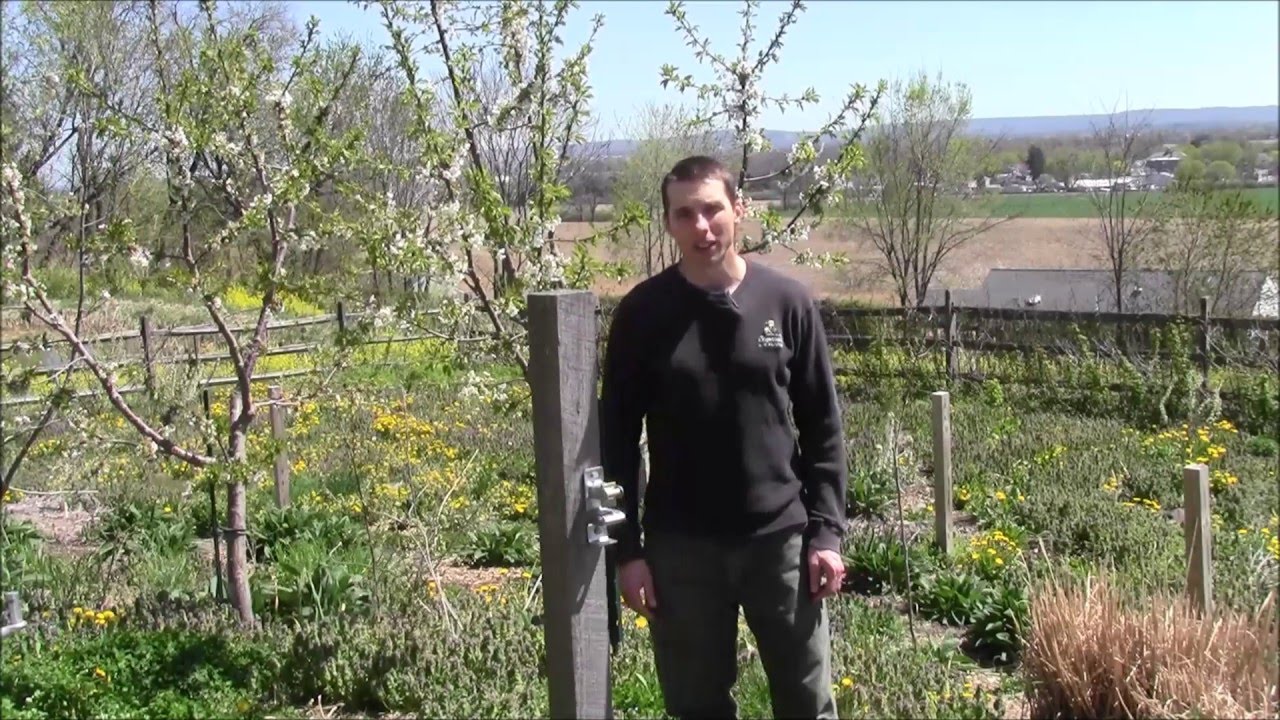Last season I planted perennials in my zone 1 annual garden in an effort to transition away from annual gardening. I'll always have an annual garden, but I am limiting the size, given the amount of energy required for their upkeep. I much prefer to mix in my annuals among my young food forestry.
Transitioning Living Mulch to Wood Chips
So, one half of my annual garden is in transition to a zone 1 food forest with fruit, berries, perennial vegetables, vines, with annuals plugged in wherever I have space.
Plants Burning Under Tarp
I'm transitioning the other half of my annual garden from a living mulch, back to a garden mulched with wood chips. The living mulch does work, but my yields suffered because of crowding. To help with the transition, I'm using a heavy black tarp to kill the vegetation. It takes about a month to work it's magic. In a strict annual garden, I prefer heavy "dead" mulches to a living mulch.
Zone 1 Food Forest Early Spring
In my young zone 1 food forest I prefer a living mulch. The trees and shrubs grow well with the living mulch. Here I am still using a living mulch of clover, dandelion, purple dead nettle, chickweed, chives, garlic, comfrey, and a mix of other beneficial herbs. I still weed occasionally, pulling plants that compete with my trees and shrubs. This would be mostly grass. As time goes on and I allow beneficial plants to take up niches in the system, my weeding chores are less and less.
Zone 1 Food Forest
To recap, for a strict annual garden, I like heavy mulching to improve the soil and stop weeds. Wood chips, shredded hardwood, and straw are nice choices. For food forests, I prefer living mulches. Don't be afraid to use a lot of diversity here. You will save yourself a ton of work if you can identify the helpful "weeds" from the unhelpful. Don't be afraid to let "weeds" find a home in the food forest. For example, I'm lucky to have a few large patches of chickweed. It is a nice ground cover and makes a great salad. Denise and I eat chickweed almost everyday from March until June. I highly recommend learning about wild plants and their uses. You may find those plants you thought you should pull are actually very useful.
~ Phil Williams
Phil Williams is a permaculture consultant and designer and creator of the website foodproduction101.com. He is also the author of numerous books, most recently, Fire the Landscaper and Farmer Phil's Permaculture. His website provides useful, timely information for the experienced or beginning gardener, landscaper, or permaculturalist. Phil's personal goals are to build soil, restore and regenerate degraded landscapes, grow and raise an abundance of healthy food of great variety, design and install resilient permaculture gardens in the most efficient manner possible, and teach others along the way.
This is a companion discussion topic for the original entry at https://peakprosperity.com/wood-mulch-vs-living-mulch/
